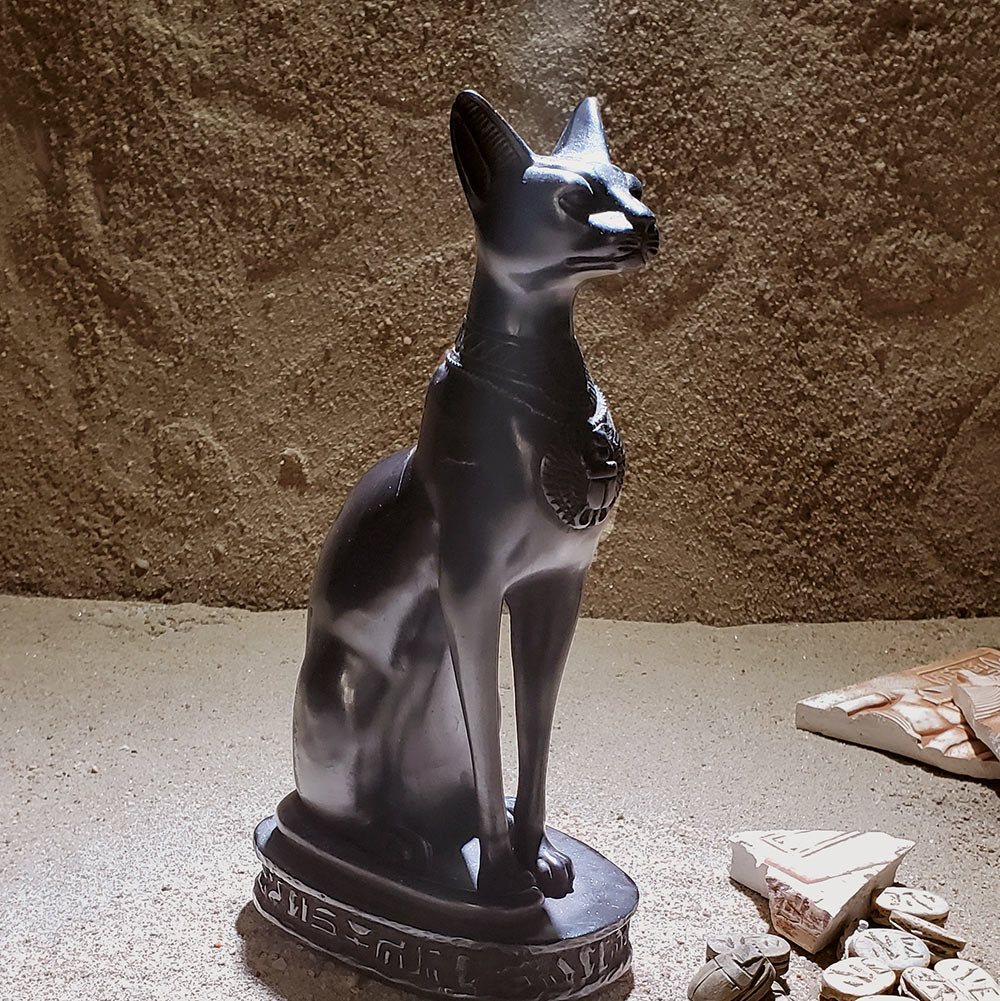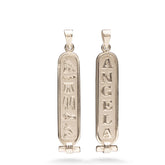Egyptian History: The ancient burial practice of Egyptian mummification
17 Nov 2023
0 comments
Egyptian mummification is a complex and ancient burial practice that was developed by the ancient Egyptians around 3300 BCE and continued for over 3,000 years. The process of mummification was deeply tied to the Egyptians' religious beliefs and their understanding of the afterlife.

The process began with the purification of the body. The deceased person's body was washed with water from the Nile, symbolizing the idea of rebirth and regeneration. The internal organs, such as the liver, lungs, stomach, and intestines, were preserved separately in canopic jars. Each jar was dedicated to a specific organ and protected by a deity.
The body was then covered in a mixture of natron, a naturally occurring salt, and left to dry for about 40 days. This process dehydrated the body, preventing decomposition. Once dried, the body was wrapped in linen bandages. Amulets and charms were placed among the wrappings to protect the deceased in the afterlife. The wrapping process was elaborate, with different layers and specific rituals. The mummified body was placed in a coffin, and sometimes multiple coffins nested within each other for added protection. The final resting place was often a tomb or burial chamber.
We recently visited the National Museum of Egyptian Civilization in Cairo, Egypt. The Museum has a belowground exhibit featuring well known Egyptian Kings and Queens such as Thutmose, Ramses, Hatshepsut and more. If you are in Cairo and want to see the real thing, it is absolutely worth a visit.

The process began with the purification of the body. The deceased person's body was washed with water from the Nile, symbolizing the idea of rebirth and regeneration. The internal organs, such as the liver, lungs, stomach, and intestines, were preserved separately in canopic jars. Each jar was dedicated to a specific organ and protected by a deity.
The body was then covered in a mixture of natron, a naturally occurring salt, and left to dry for about 40 days. This process dehydrated the body, preventing decomposition. Once dried, the body was wrapped in linen bandages. Amulets and charms were placed among the wrappings to protect the deceased in the afterlife. The wrapping process was elaborate, with different layers and specific rituals. The mummified body was placed in a coffin, and sometimes multiple coffins nested within each other for added protection. The final resting place was often a tomb or burial chamber.
We recently visited the National Museum of Egyptian Civilization in Cairo, Egypt. The Museum has a belowground exhibit featuring well known Egyptian Kings and Queens such as Thutmose, Ramses, Hatshepsut and more. If you are in Cairo and want to see the real thing, it is absolutely worth a visit.
Tags:






